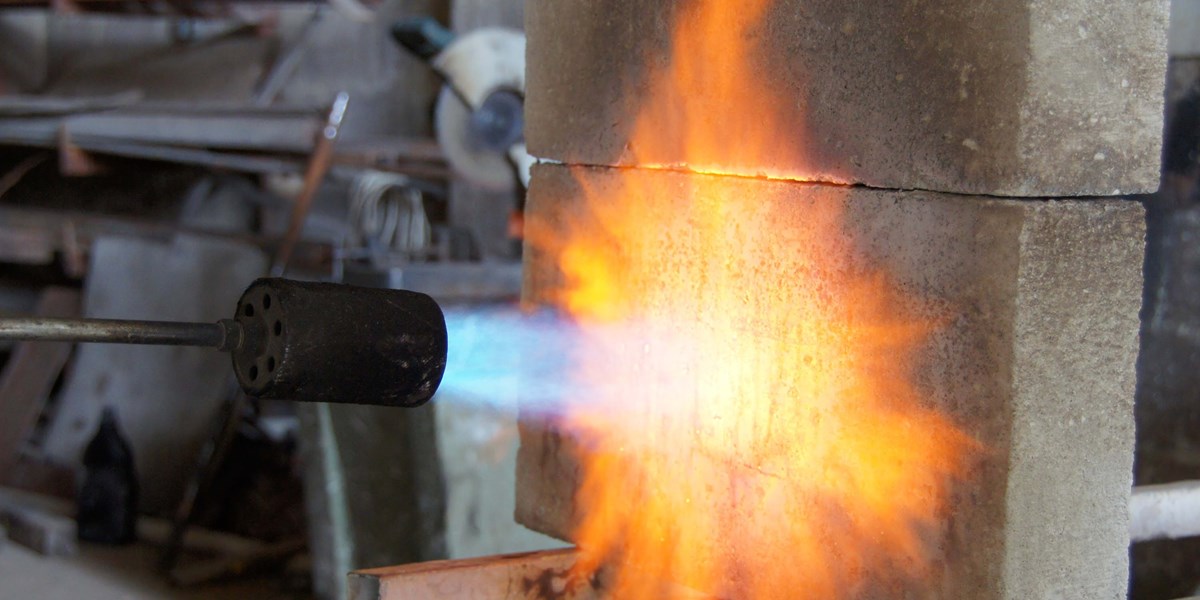The Heat Insulation Properties of Foam Concrete

As the world seeks more sustainable building solutions, foam concrete has emerged as a game-changer in the construction industry. Known for its lightweight and insulating properties, foam concrete offers a myriad of benefits, especially in terms of heat insulation. This article delves into the heat insulation properties of foam concrete, supported by real-life data from research studies, and explores its practical applications in modern construction.
Understanding Foam Concrete
Foam concrete, also known as Cellular Lightweight Concrete (CLC), is a versatile construction material known for its lightweight and insulating properties. It is made by adding a foaming agent to the concrete mix, creating air bubbles throughout the material. This process results in a lighter, more manageable product that maintains excellent structural integrity.
The Science Behind Heat Insulation in Foam Concrete
The key to foam concrete's thermal insulation lies in its cellular structure. The air bubbles trapped within the concrete significantly reduce its density and improve its ability to resist heat transfer. This means that buildings constructed with foam concrete can maintain more stable interior temperatures, reducing the need for extensive heating and cooling systems.
Real-Life Data on Foam Concrete’s Heat Insulation Properties
Numerous studies have highlighted the impressive heat insulation capabilities of foam concrete. Here are some notable findings:
-
Thermal Conductivity: Research indicates that foam concrete has a thermal conductivity value ranging from 0.1 to 0.3 W/m·K, depending on its density. For comparison, traditional concrete has a thermal conductivity of about 1.6 W/m·K, meaning foam concrete offers superior insulation.
Research Data: A study published in the journal Materials found that foam concrete with a density of 600 kg/m³ had a thermal conductivity of approximately 0.14 W/m·K, demonstrating its effectiveness as an insulating material.
-
Energy Savings: A study conducted by the National University of Singapore found that buildings using foam concrete for insulation can achieve energy savings of up to 50% on air conditioning costs in tropical climates. This significant reduction in energy use highlights the material's efficiency in maintaining cooler indoor temperatures.
-
Temperature Stability: Research from the Technical University of Munich demonstrated that foam concrete can maintain interior temperatures within a narrow range, even when external temperatures fluctuate widely. This stability is crucial for creating comfortable living and working environments.
Applications of Foam Concrete in Heat Insulation
The excellent heat insulation properties of foam concrete make it ideal for a variety of applications in modern construction. Here are some examples:
-
Exterior Walls and Facades: Foam concrete can be used in the construction of exterior walls and facades to enhance the thermal efficiency of buildings. Its insulating properties help to reduce heat transfer, keeping buildings cooler in the summer and warmer in the winter.
Case Study: A residential project in Dubai utilized foam concrete for its exterior walls. The buildings maintained a 25% cooler indoor temperature compared to structures using traditional insulation methods, leading to substantial savings on air conditioning expenses.
-
Roof Insulation: Applying foam concrete in roofing systems can significantly improve a building's overall thermal performance. The lightweight nature of foam concrete also reduces the load on the structure, making it a practical choice for roof insulation.
Research Data: According to a study in the Journal of Building Engineering, foam concrete used in roof insulation reduced indoor temperature variations by 30%, improving energy efficiency.
-
Floor Insulation: Foam concrete can be used as a sub-floor material to improve heat insulation in residential and commercial buildings. This application is particularly beneficial in climates where ground temperatures can affect indoor comfort.
-
Void Filling and Lightweight Fill: Foam concrete's ability to fill voids and act as a lightweight fill material makes it useful in various construction scenarios, such as insulating basements and underground structures.
Conclusion
Foam concrete stands out as a highly effective material for heat insulation, backed by real-life data and research. Its unique properties offer significant benefits in terms of energy savings, temperature stability, and overall thermal performance. By adopting foam concrete in construction projects, builders and architects can create more sustainable, energy-efficient, and comfortable living and working spaces. As the world continues to grapple with environmental challenges and housing needs, foam concrete presents a promising solution for the future of the construction industry.
Cellular Lightweight Concrete Technology
We are one of the leading manufacturers of CLC foam concrete equipments, and have exported to many countries around the world. We can supply machines as part of a production line, or complete turn-key manufacturing plants.
Lightweight Concrete Equipments
Share your project details with us, and we'll ensure the right team member gets back to you promptly.